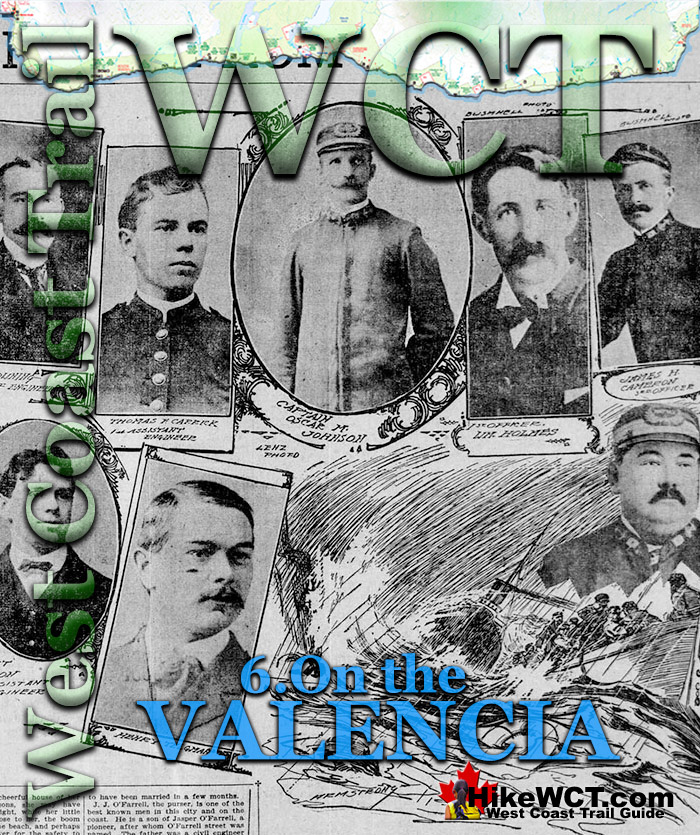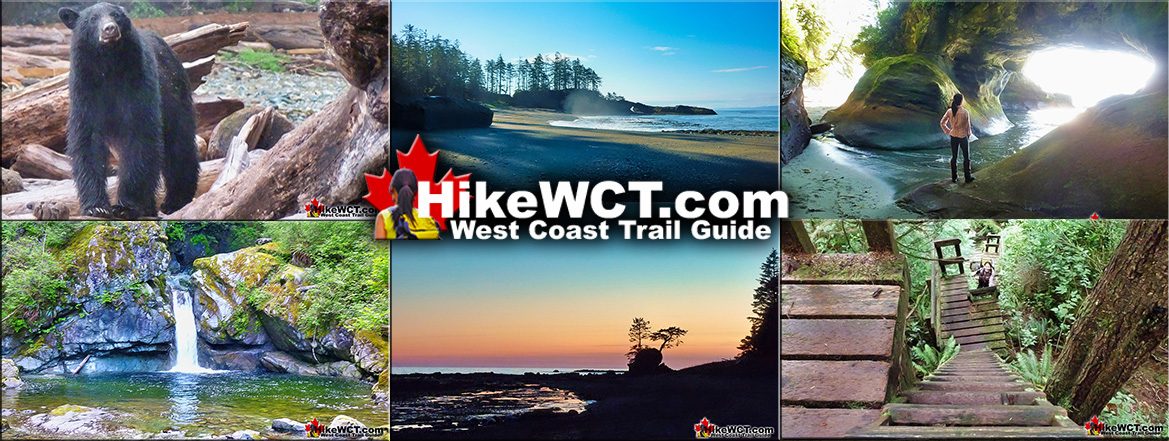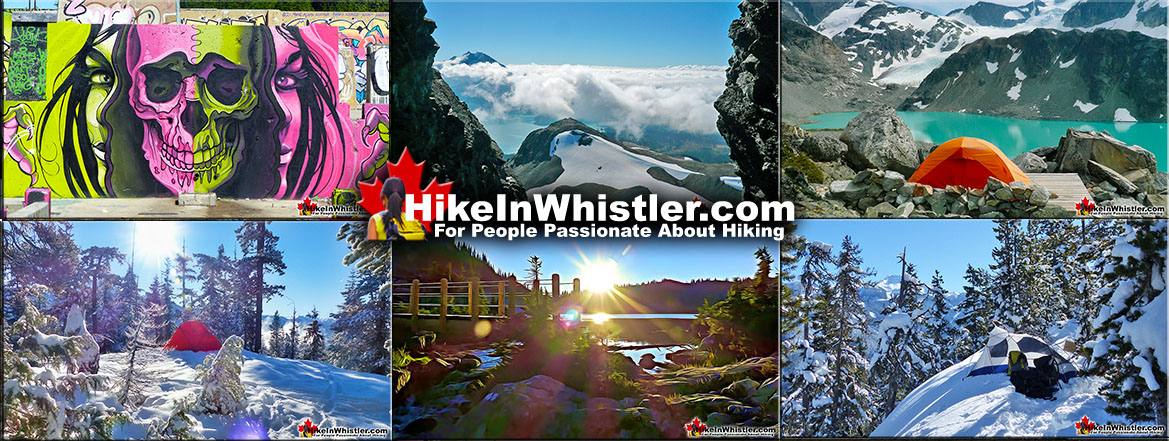![]() After the McCarthy boat was launched successfully and cleared the breakers at around 9am Tuesday January 23rd the captain, crew and passengers on the Valencia confidently expected men to soon appear on the cliffs opposite the ship. The Lyle line-firing gun was set up and ready to go on the hurricane deck. The Lyle gun was capable of firing three times. It could launch a harpoon with a quarter inch rope attached several hundred metres.
After the McCarthy boat was launched successfully and cleared the breakers at around 9am Tuesday January 23rd the captain, crew and passengers on the Valencia confidently expected men to soon appear on the cliffs opposite the ship. The Lyle line-firing gun was set up and ready to go on the hurricane deck. The Lyle gun was capable of firing three times. It could launch a harpoon with a quarter inch rope attached several hundred metres.
The Valencia Disaster
![]() 1. The Valencia
1. The Valencia ![]() 2. The Voyage
2. The Voyage ![]() 3. The Boats
3. The Boats ![]() 4. The McCarthy Boat
4. The McCarthy Boat ![]() 5. The Bunker Party
5. The Bunker Party ![]() 6. On the Valencia
6. On the Valencia ![]() 7. The Rafts
7. The Rafts ![]() 8. The Turret Raft
8. The Turret Raft ![]() 9. The Rescue Ships
9. The Rescue Ships ![]() 10. The Aftermath
10. The Aftermath ![]() 11. The Survivors
11. The Survivors ![]() 12. The Lost
12. The Lost
The West Coast Trail
![]() Prologue
Prologue ![]() 1: The West Coast Trail
1: The West Coast Trail ![]() 2: When to Hike & Fees
2: When to Hike & Fees ![]() 3: Trailheads
3: Trailheads ![]() 4: Getting There
4: Getting There ![]() 5: Considerations
5: Considerations ![]() 6: Campsites
6: Campsites ![]() 7: Shipwrecks
7: Shipwrecks ![]() 8: Routes
8: Routes ![]() 9: Sights & Highlights
9: Sights & Highlights
The harpoon could easily reach the cliffs above and when the men from the McCarthy boat arrived they could use this rope to pull up a thick 4cm rope and tie it to a tree. Then using a pulley, a breeches buoy would be used to carry everyone off the ship one by one. With only three shots and such a steep cliff facing them, the captain must have been eager to make a successful shot. Probably an hour or two after the McCarthy boat departed the Lyle gun was fired twice. The first shot failed due to the line chafing against the box it was in and breaking. The second shot was perfect and flew high over the cliff and far into the forest. Now they waited for men to appear on the cliffs which should be very soon. Hours passed and nobody appeared. After about three hours the line sagged into the water and became caught on wreckage and chafed apart. The third and final Lyle gun shot was saved to be only fired when someone appeared on the cliffs. Tuesday evening two attempts were made to swim with a line to shore. Both attempts failed due to the tremendous backwash of the surf and large pieces of the ship crashing between the ship and shore. Neither attempts got even halfway to shore and were pulled back into the ship. The Valencia continued to break up as the hours passed and the upper works of the ship collapsed leaving the survivors to spend Tuesday night into the rigging and on top of the hurricane deck. Tarps were arranged to cover the hurricane deck and all the woman passengers were huddled there. A few men occupied the one remaining cabin underneath the deck of the after house.
The Valencia was continuously collapsing and settling lower and lower. At low tide her bow was about 9 metres deep and at her stern was about 6 metres deep. On Wednesday morning everyone on the ship was forced to the hurricane deck and rigging as water filled everything below. The saloon deck and all of the upper works behind the after house had fallen into the sea. 26 Jan Daily Colonist p7: Willits interviewed on the Topeka: By Wednesday morning the ship was rapidly going to pieces. Every swell carried away a portion of the ship, and decks rose and fell with every breaker, and it was impossible to stay on deck without clinging to a support. The ship was sunk to about the level of the hurricane deck.
Another sad calamity occurred during that tragic morning. About fifteen or twenty persons, amongst them one or two women, had taken refuge in the foretopmast. They appeared to be in the safest place, as it was removed from the wash of the waves, although the flying spray dashed over their heads. Willits, would recall later that, "Suddenly and without warning the mast tottered and fell with a crash, carrying its load of shrieking human freight to a terrible death. I do not think a single one was saved. Their bodies were washed from the ship and we could see them dashed against the rocks. To add to our misery, the last of our food was washed away and we had no water to drink. The wind and rain combined with the sea soon numbed us. Every time one of those in the rigging would lose his hold he would be swept away to the sharp rocks. At about 930am another desperate attempt was about to be made to swim a rope to shore when finally, a ship was sighted about 2 miles away. The plan to swim ashore was abandoned and now the two life rafts were readied for launch.”
Finally the nightmare for the remaining survivors on the Valencia was about to end, rescue was finally coming. The ship they saw was the Queen, a similar ship to the Valencia and owned by the same company. Minute after agonizing minute as the Valencia shuddered and continued to fall apart as the ocean swells pounded it, their hopes faded. Soon another two smaller ships arrived and despite the stormy seas came closer, then quickly retreated. On the Valencia they waved and did everything they could to be seen. At around 930am the decision was made to launch the two remaining life rafts.
The Valencia Disaster Continued: 7. The Rafts
Best West Coast Trail Sights & Highlights
The Valencia Disaster
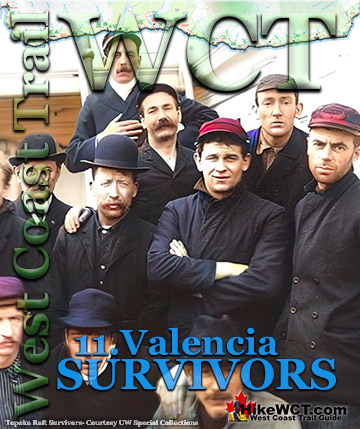
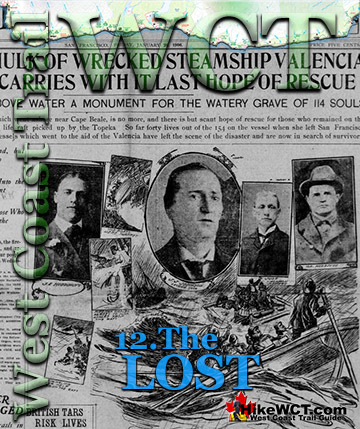
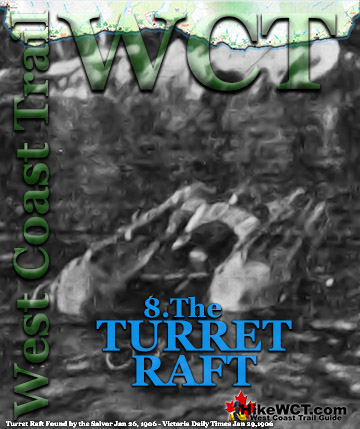
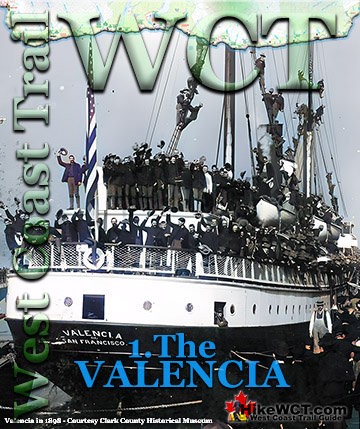
West Coast Trail A to Z
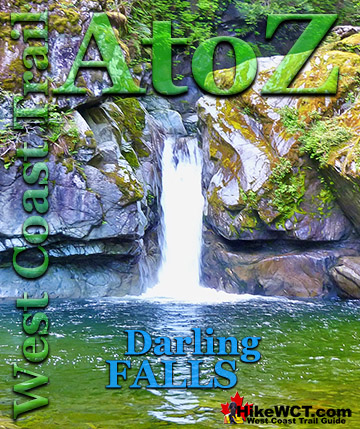
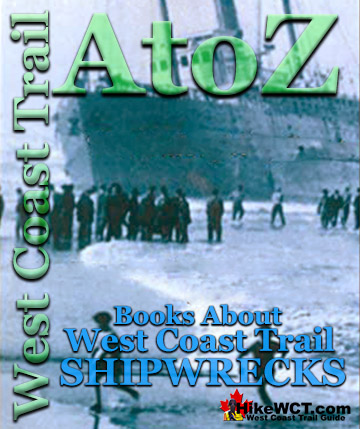
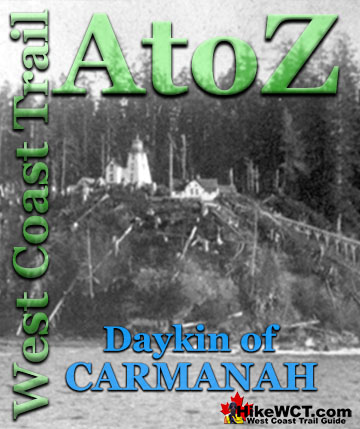
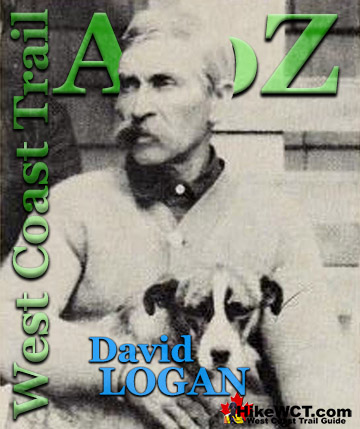
The West Coast Trail by Day
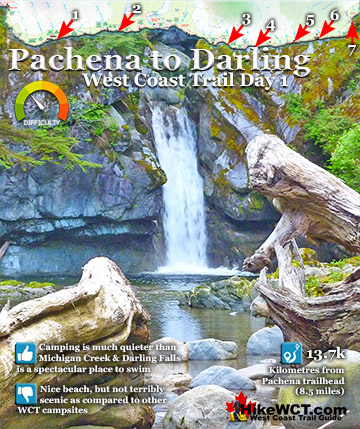
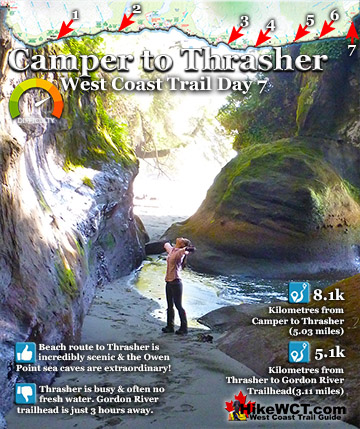

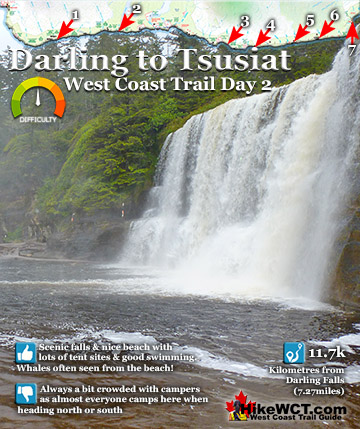
Explore BC Hiking Destinations!
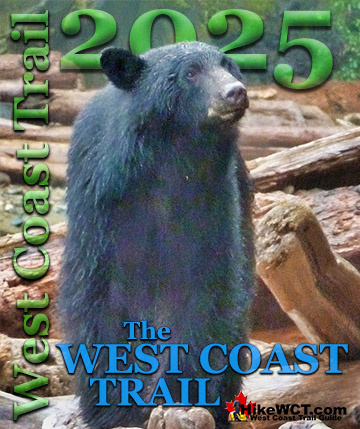
The West Coast Trail

Victoria Hiking Trails
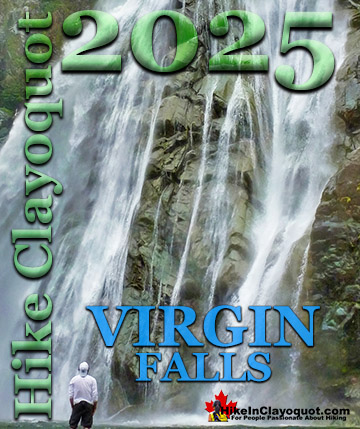
Clayoquot Hiking Trails

Whistler Hiking Trails
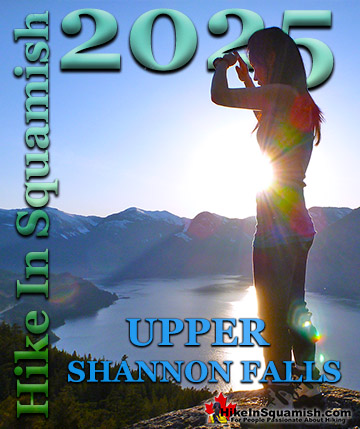
Squamish Hiking Trails

Vancouver Hiking Trails

